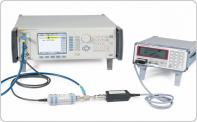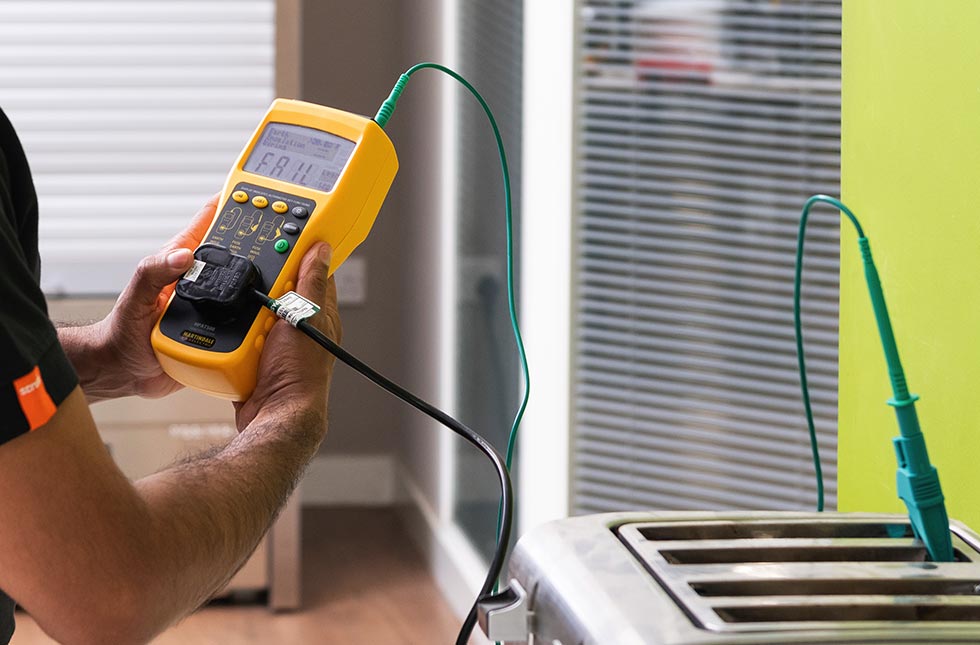
Decision Rules, TAR and TUR in Measurement Practice
• The simple acceptance and rejection decision rule is the most commonly used in measurement practice.
• The rule is based on the American national standard (ANSI) ASME B89.7.3.1-2001 Guidelines for Decision Rules and other historical documents.
• The U.S. Military Standard, MIL-STD-120 Gage Inspection, states that the accuracy tolerances of the measuring equipment should not exceed 10% of the tolerances of the parts being checked.
• Decision rules and associated ratios like the Test Accuracy Ratio (TAR) are related to risk in measurement systems.
• The evaluation of measurement uncertainty became more prevalent in commercial calibration practice in the late 1990s.
• The practice of using Test Uncertainty Ratio (TAR) calculations began to be replaced with the test uncertainty ratio (TUR).
• Both TAR and TUR can be useful in measurement practice, with TUR useful in selecting calibration providers and TAR useful in selecting new measuring equipment.




